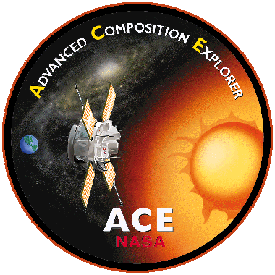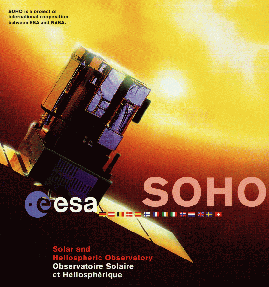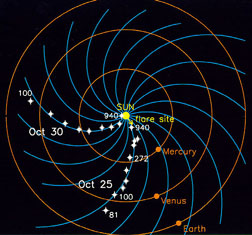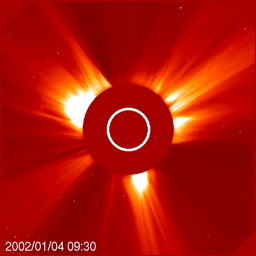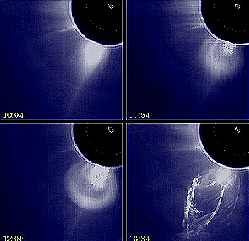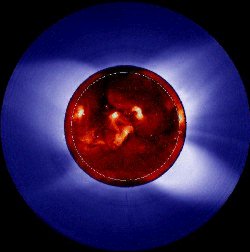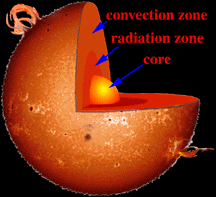
Original Windows graphic, by Sarah Joseph
Lagrange Points
We could learn a lot about the solar wind if we could fix a satellite in a certain location in space. Changes in magnetic fields and particle flows could be measured. Most importantly, if the satellite is between Earth and the Sun, it could function as an early warning system, letting us know about any changes in the solar wind about an hour before they reached the Earth.The problem with fixing a satellite in a certain location is that it is impossible. In order to resist gravity, any satellite must be constantly moving in an orbit. Nearly as helpful though would be if the satellite were to orbit the Sun in a one-year orbit, it could maintain a fixed position relative to the Earth. However, Kepler's laws show that any satellite closer to the Sun must orbit more quickly than the Earth, and any satellite farther away would have an orbit longer than one year.
There is one way around this problem. The Lagrangian Point L1, named after French mathematician Joseph Lagrange, is one of five Lagrangian points in the Sun-Earth system. Also called libration points, these five points are locations in which a satellite may remain in a nearly fixed position relative to the Earth as the Earth revolves around the Sun. L1 is just inside Earth's orbit, the best place for an early warning system. At the L1 point, the Earth's gravity pulls in the opposite direction of the Sun's gravity. This cancels out the effects of the Sun's gravity, allowing the satellite to orbit the Sun with less velocity, in an orbit of one year matching that of the Earth.
The ACE and SOHO spacecraft are both at L1, which means they will stay in a relatively constant position with respect to the Earth as the Earth revolves around the Sun. This point is about one-hundredth of the distance to the Sun, or 1.5 million km from the Earth.





